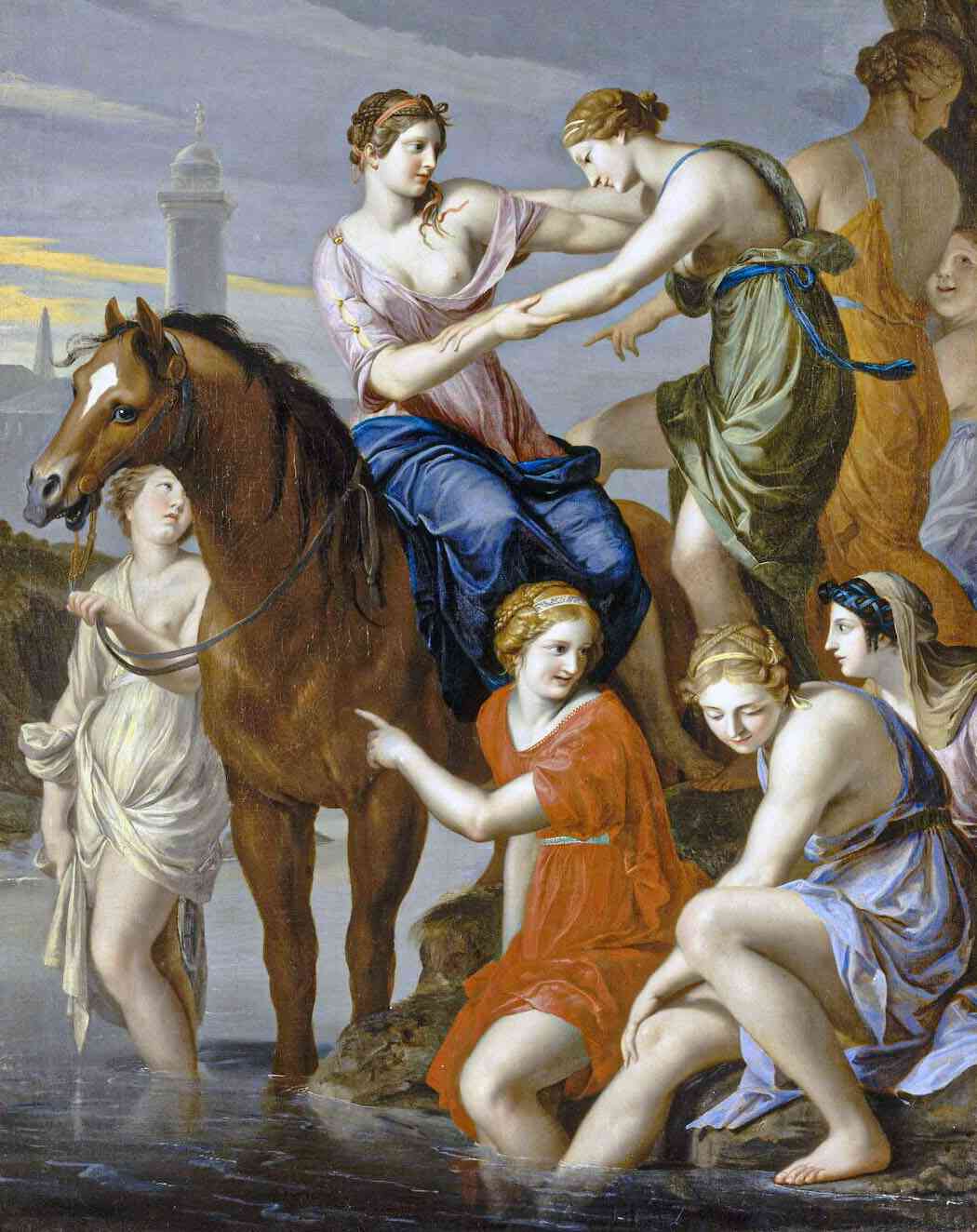Cloelia: The Roman Captive Who Swam Across the Tiber
The clever Roman woman devised a cunning plan to escape from the guards' surveillance and swim across the Tiber River to reach her city.

The clever Roman woman devised a cunning plan to escape from the guards' surveillance and swim across the Tiber River to reach her city.

